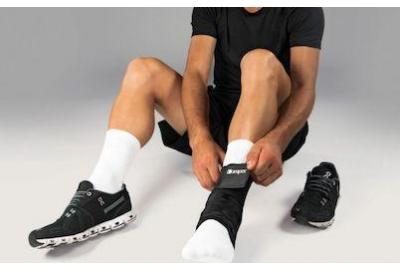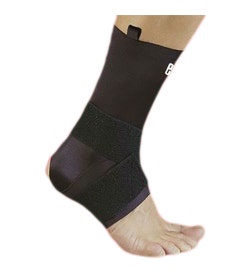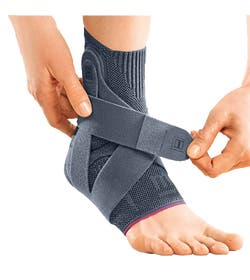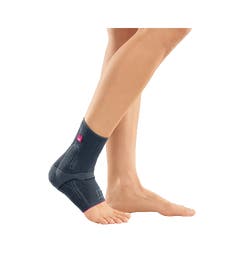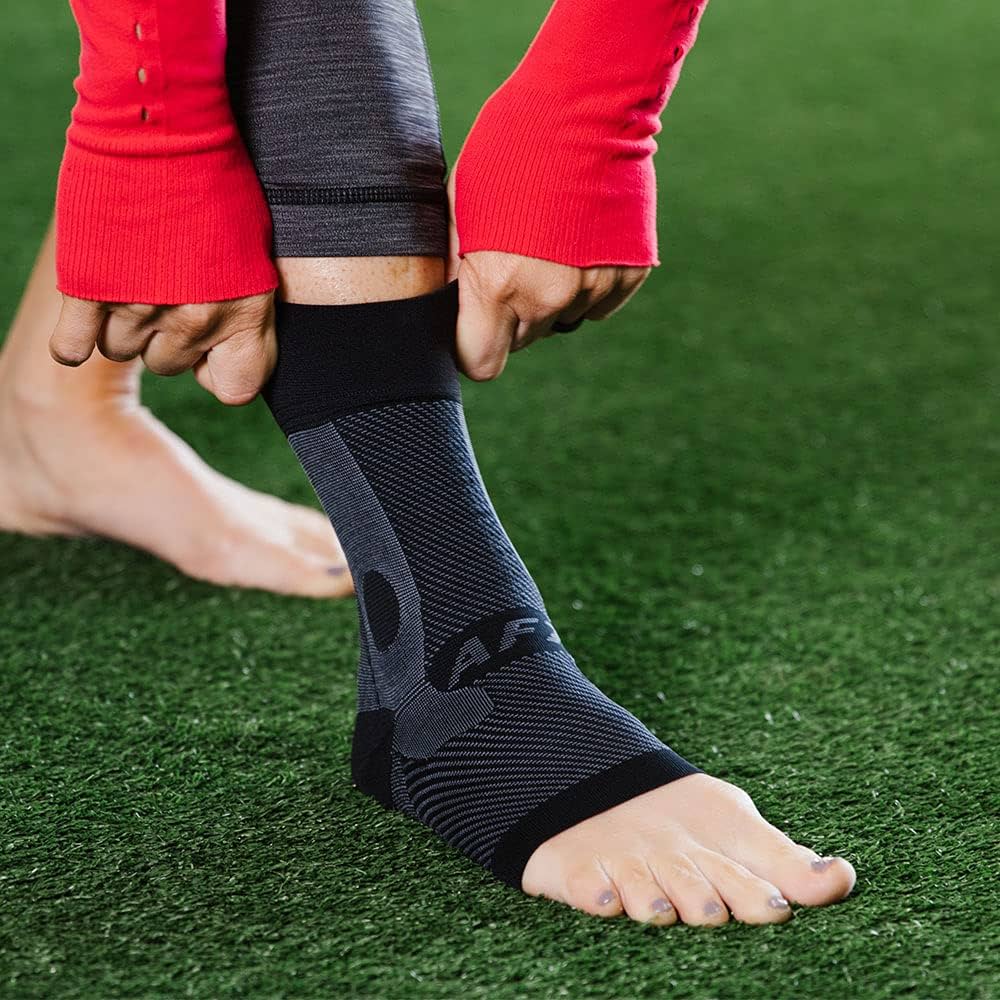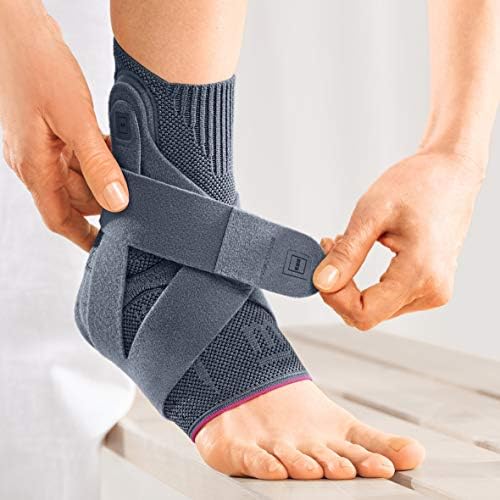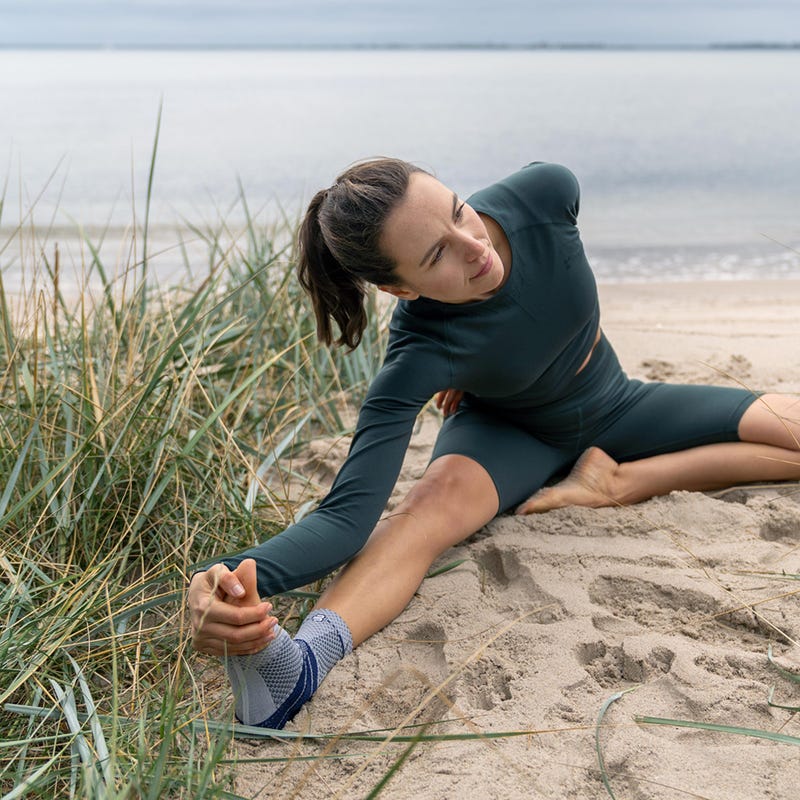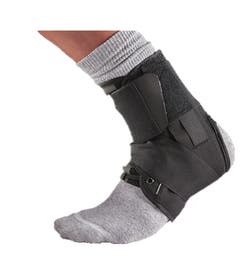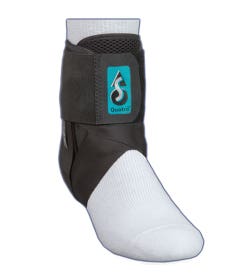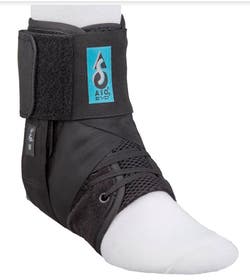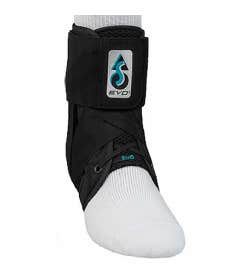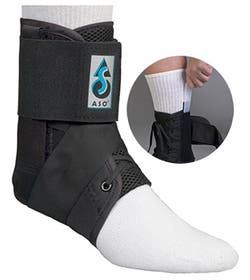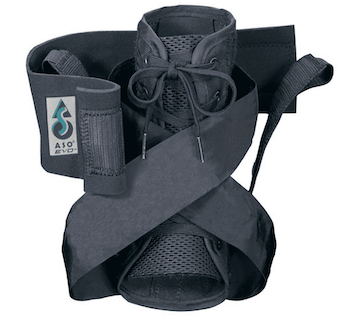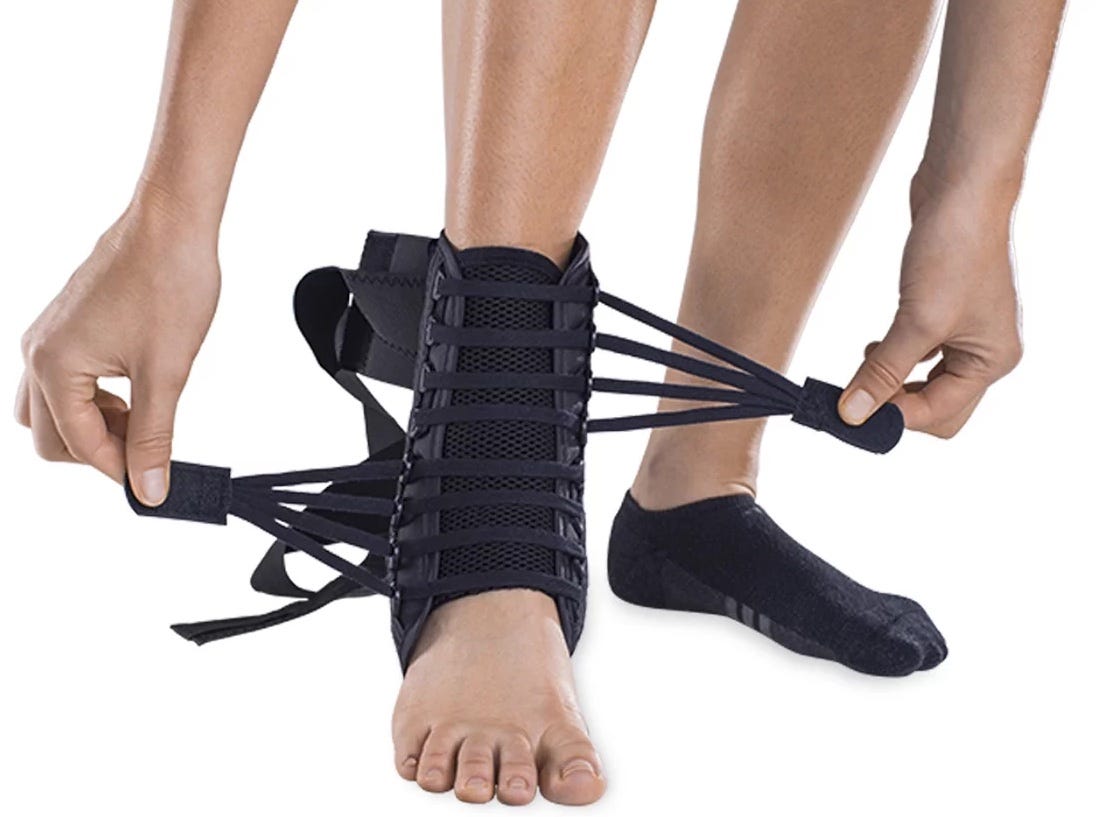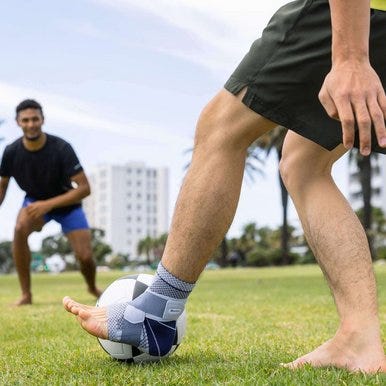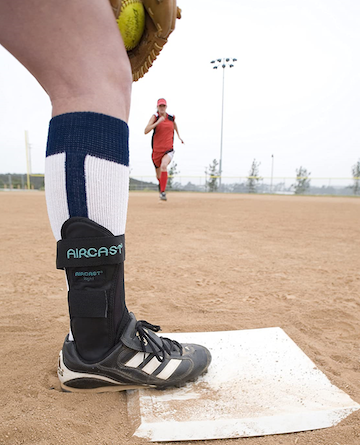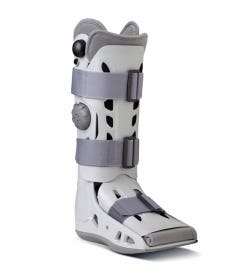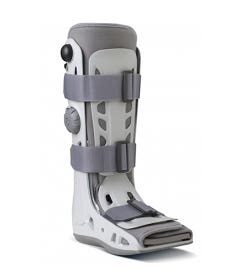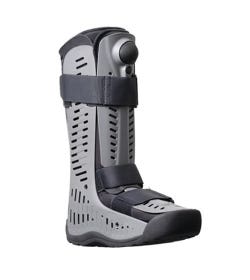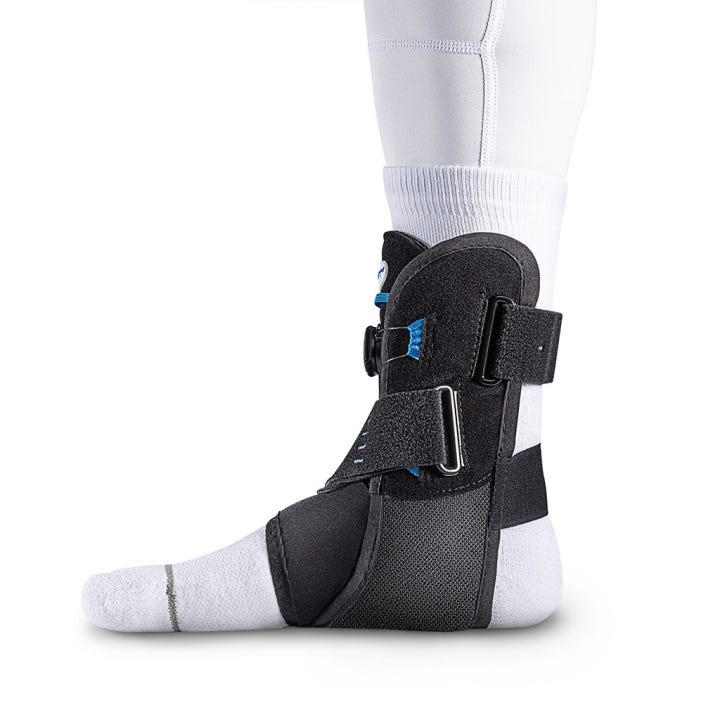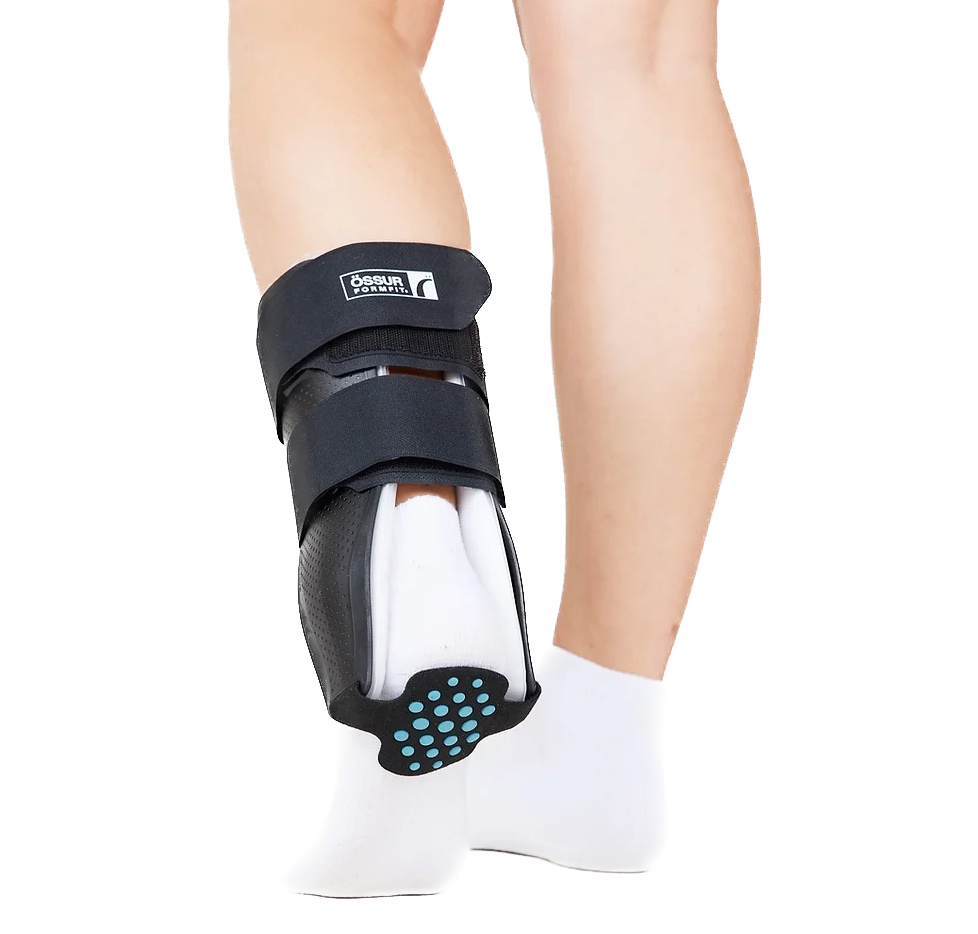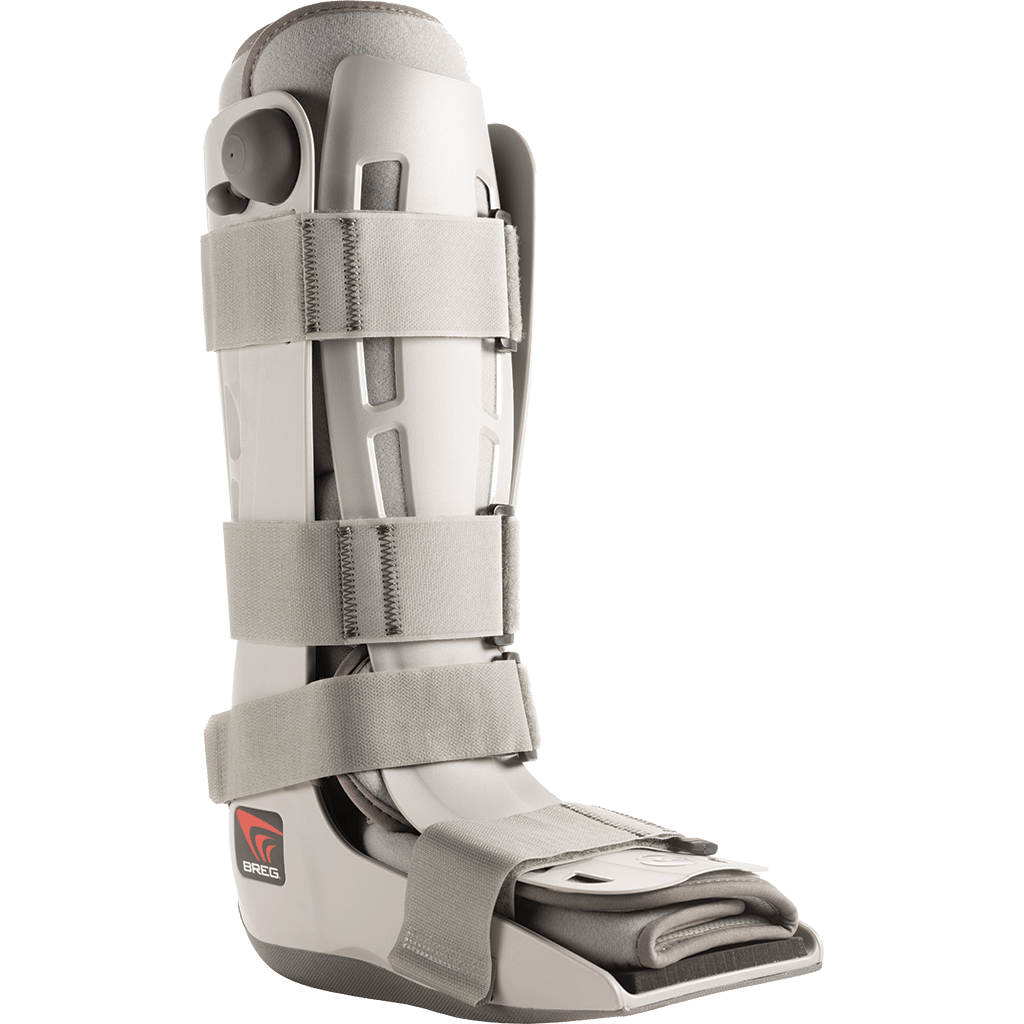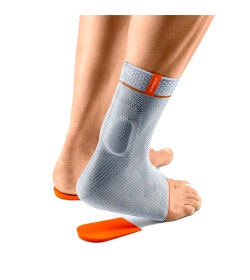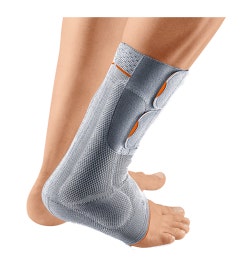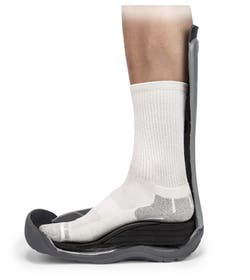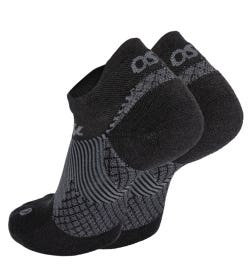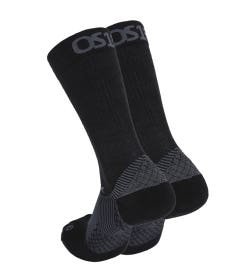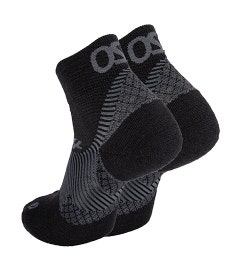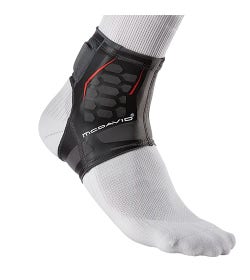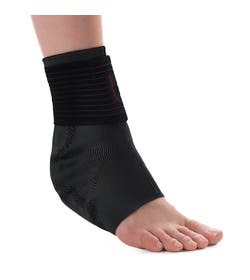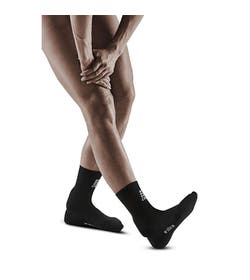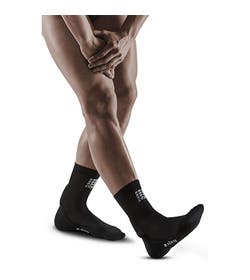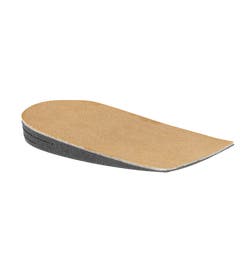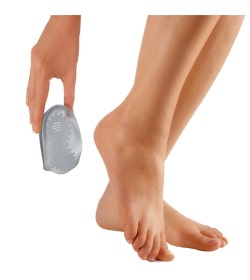Most Common Ankle Injuries
We normally associate ankle injuries with athletes during sports: where there is running and changing directions, and particularly where there’s a lot of jumping or a chance of stepping on someone's foot (like basketball, soccer, volleyball). If you're looking for quality engineered ankle braces for sports have a look here.
Ankle injuries can also happen from daily activities like slipping on an uneven surface, tripping over an object, or landing wrong when stepping down.
The most common ankle injuries are sprains and strains (rolled, twisted, and turned), with the outside or lateral ankle being the most commonly injured.
The other common ankle conditions involve overuse, such as Achilles Tendonitis with repetitive or intense strain on the Achilles tendon (the band of tissue that connects your calf muscles to your heel bone).
There are a wide range of ankle braces and supports available to help you manage pain, reduce inflammation and to keep you moving. What brace to use for your situation can be very confusing.
Here is a quick guide to help make sense of Ankle braces for two common conditions: Sprains and Achilles Tendonitis.
Condition #1: Ankle Sprain / Strain
Ankle sprains should be treated right away to stop the swelling, reduce pain, and limit how much weight is placed on the injured ankle. A common protocol for treating Ankle sprains is "RICE" rest, ice, compression, and elevation. Mild pain relievers and anti-inflammatory medications are also typically used to help ease pain and swelling.
Ankle braces and supports are a key tool in helping you support and protect your ankle. They can also assist with swelling and pain reduction. Your doctor may suggest that you work with a physical therapist to help you regain full range of ankle motion, improve balance, and maximize strength. Healing of the ligaments usually takes about six weeks, but swelling may be present for several months.
A sprain is an injury to a ligament, and a strain is an injury to a muscle or tendon. Strains can occur without a sprain, however, when you have a sprain you will almost always have a strain.
Sprains are categorized into three types - First, Second, and Third degree.
- First Degree Sprain - occurs when the ankle is taken past its normal range of motion and the ligaments have been overstretched but not torn. Symptoms include mild pain, little or no swelling, little or no joint instability, some joint stiffness or difficulty walking or running.
- Second Degree Sprain - the most common type of sprain and includes mild partial ligament tears. Symptoms can include intense swelling, moderate pain, bruising, and moderate loss of motion or use of the joint. Walking can be difficult.
- Third Degree Sprain - much less common and usually requires medical attention. Usually involves a total rupture of a ligament. Symptoms are intense swelling, significant bruising, extreme loss of motion, and instability of the joint.
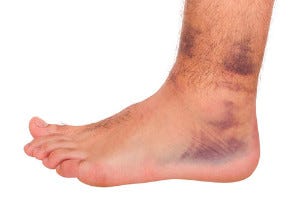

The most common type of ankle sprain is an inversion (lateral) ankle sprain. The foot rolls inward, damaging the ligaments of the outer ankle.
Ankle injuries can also be 'high ankle' or 'low ankle'.
Low ankle sprains are what most of us think of when we hear someone has a 'sprained ankle'. The most common low ankle sprain is caused by inversion of the foot which mainly affects three ligaments: anterior talofibular ligament (ATFL), the posterior talofibular ligament, and the calcaneal fibular ligament. A common low ankle sprain occurs where the foot is forcefully inverted, and the ligament that suffers the most damage is the ATFL.
High ankle sprains involve turning inward (or outward) while your foot is flexed up. In a high ankle sprain you tear (or damage) the high ankle ligaments that connect the tibia to the fibula. Low ankle sprains don’t involve these high ankle ligaments.
A high ankle sprain is less common than a low ankle sprain. High ankle sprains often happen in athletes who play Football, Basketball, Wrestling, Ice hockey, Skiing, or Soccer. It almost always happens as a result of some type of collision, (versus the rolling motion that causes other ankle sprains). High ankle sprains almost always happen when you’re running or jumping and they involve a twitsing or rotation of the ankle.
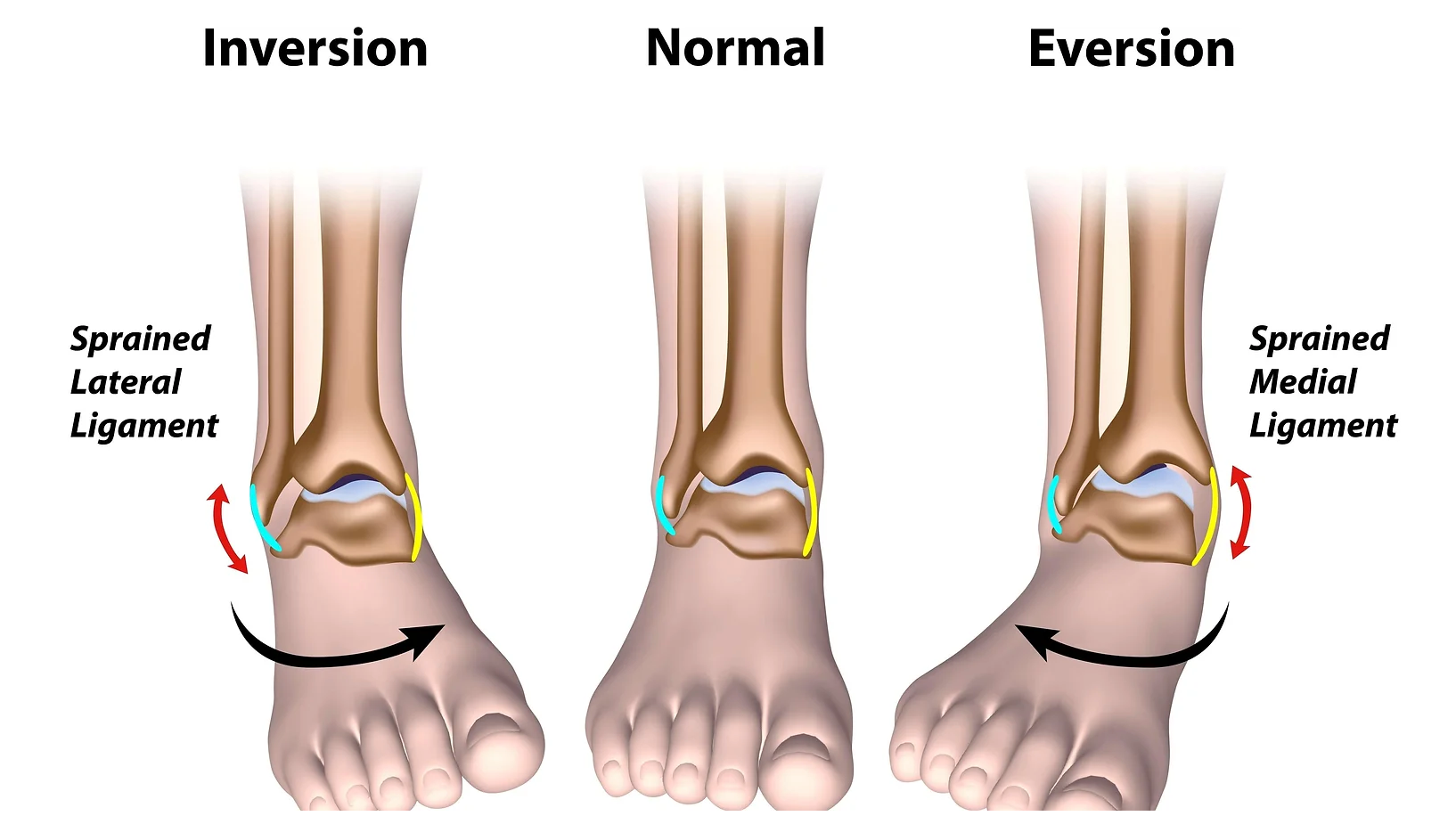

Ankle Brace Designs for Sprains
The type of ankle brace you require depends on the severity of the injury.
Once you've confirmed what type of ankle sprain you have you can select the appropriate brace to assist you with recovery and protection. It's a good idea to seek a medical diagnosis from a doctor or physiotherapist when dealing with more significant injuries.
In general, ankle braces are designed to control the range of motion of the ankle (inversion, eversion, rotation) to protect the ankle joint and ligaments.
Ankle braces range from low profile compression sleeves that allow almost full range of motion, to rigid immobilizing braces that keep the ankle in a more fixed position. They can feature metal or plastic 'stays' (or inflated air cells) that run along one or both sides of the brace to provide range of motion control. Many designs include strapping with velcro fasteners to mimic the benefits of athletic taping, and elastic knitted fabrics to provide compression for swelling and pain control (as well as some stability).
Many ankle braces are designed to include support for both inversion and eversion movement (although some may be designed specifically for one or the other so make sure you confirm before buying). Ankle braces can also be designed to support both low and high ankle sprains, but again some may be better suited to one or the other so make sure you review the 'indications' in our product descriptions or speak with our healthcare team to pick the best brace for your injury.
Mild support for First Degree Sprains
OrthoMed Team Picks: Best Ankle Braces for Mild Support
Why we like it:
- The AF7 Ankle Bracing Sleeve is comfortable, lightweight, and fits easily in a shoe.
- Uses no straps, buckles, snaps, or Velcro—simply slip the flexible nylon sleeve over your foot and ankle.
- Can be used to stabilize weak ankles, improve balance, and help prevent falls.
Why we like it:
- The compressive knitted fabric, silicone pads integrated on both sides, along with the strap system stabilize the ankle.
- The brace itself causes a massaging effect which promotes circulation, thus accelerating the reduction of swelling and bruising.
- The strap system works similar to a tape bandage.
- Good for protection against injuries caused by twisting of the ankle, especially during exercise, when the muscles become fatigued.
Why we like it:
-
High quality and versatile ankle sleeve that can be used for relief and stabilization of the ankle: sore ankle joint following injury, surgery or osteoarthritis.
-
Individually fitted and contoured cushions (pads) on the inner and outer malleolus.
-
The three-dimensional knit sits comfortably and stimulates circulation.
-
Medical compression (20-30 mmHg) helps to reduce swelling.
Moderate support for Second Degree Sprains
OrthoMed Team Picks: Best Ankle Braces for Moderate Support
Why we like it:
-
The EVO ankle brace has a combination of an internal stirrup, external stabilizing straps and a dynamic cuff.
-
It's comfortable but still offers very good protection.
-
It can be used for a wide range of injuries: inversion or eversion ankle sprains, syndesmotic ankle sprain (high ankle sprain), medial or lateral ankle instability and subtalar joint instability (hindfoot instability).
- It fits in a wide range of athletic footwear (including some cleats).
Why we like it:
-
Features a contoured design made with rugged ballistic nylon, reinforced eyelets, 3” circumferential compression strap and removable stays.
-
Good for athletes with vulnerable ankles.
-
Features a “speed-lacing” system that makes applying the brace fast and easy.
Why we like it:
- All the benefits of the MalleoTrain and the addition of strapping that acts like a functional tape bandage. The strap is fastened around the foot in a figure-of-eight pattern, securing the connection of the mid- and hindfoot with the lower leg.
- Anatomically fitted - Naturally conforms to your body for gentle compression that keeps your ankle in place and improves circulation.
- It's easy to put on and take it off - even for people with arthritis.
- Soft knit fabric - Breathable knit is comfortable to wear, gentle on your skin and keeps moisture away from the body.
Why we like it:
- The Airsport has a clinically proven semi-rigid shell and foam-filled aircells to provide moderate support, compression and comfort.
- The ATF (anterior talofibular) cross strap and integral forefoot and shin wraps offer additional compression and stabilization.
- The unique "step-in" design (toes inserted first into the back of the brace) and automatic heel adjustment make applying the AirSport extremely fast and easy.
Maximum support for Third Degree Sprains
OrthoMed Team Picks: Best Ankle Braces for Moderate to Maximum Support
Why we like it:
-
Stirrup design that aids in ankle stabilization for moderate to severe ankle sprains and chronic instabilities.
-
Simple step-in design with an adjustable BOA dial system. AirSport+ provides a functional option to help address ankle injuries and rehabilitation.
-
Versitile brace that can be used for weak ankles due to ligament damage and over stressed ligaments as well as acute ankle sprains & strains - over stretched and/or torn ankle ligaments.
-
Can be used to prevent reoccurring ankle injury and returning to daily activities.
Why we like it:
-
Lightweight and sturdy.
-
Can accommodate an acute injury, chronic instability, or post cast healing, Formfit Ankle Stirrups stabilize injured ankles by restricting the inversion/eversion motion.
-
Slip-resistant silicone dots to reduce slipping and stabilize the foot inside of shoe.
Why we like it:
-
The lightest full shell pneumatic walker on the market.
-
Genesis Walker uses a dynamic air chamber in the heel of the tread which actively absorbs the shock of heel strike and allows for a more comfortable walking experience.
Condition #2: Achilles Tendonitis
The Achilles tendon is the largest tendon in the human body connecting your heel bone to your calf muscles. It is used when walking, running, and jumping.
Achilles Tendonitis occurs when the Achilles tendon becomes inflamed or aggravated from being overstressed or overworked.
Stress on the tendon can occur when an athlete changes the intensity or amount of exercise. Tight calf muscles, and lack of flexibility also contribute to stress on the tendon. Age can play a role as our tendons become less flexible (middle-age athletes tend to be more susceptible to Achilles Tendonitis). Improperly fitting equipment and poor footwear can also contribute.
Overuse is common in runners who add too much mileage too quickly or with frequent hill training. Poor running technique can also aggravate the Achilles (typically due to overstriding).
Symptoms of Achilles Tendonitis include heel pain (which starts slowly and worsens over time), as well as stiffness or tenderness along the Achilles in the mornings after waking up (which may improve as you start going about your day). Pain may extend to the back of the leg and there may also be mild swelling around the heel. Symptoms are usually worse after running or after physical activity.
Ankle Brace Designs for Achilles Tendonitis
There are many treatments available for Achilles Tendonitis depending on the severity, from home remedies, such as anti-inflammatory medications and RICE (Rest, Ice, Compression, Elevation), to more intensive treatments such as steroid injections and surgery. Physical therapy and massage that promote gently stretching (and later strengthening) of your calf muscles can be beneficial. Wearing a compression sock, ankle brace, or walking boot to provide support and to prevent heel movement is also very helpful.
There are many ankle supports designed specifically for Achilles Tendonitis to counteract irritation to the tendon, through support and compression. Many ankle brace designs also include pads that massage the area. For more severe issues (and following surgery) a rigid boot with a 'wedge' can be used to keep the ankle in a slightly flexed (foot pointed down) position to protect the tendon from overstretching while it heals.
Here are some examples of Ankle supports for Achilles Tendonitis:

